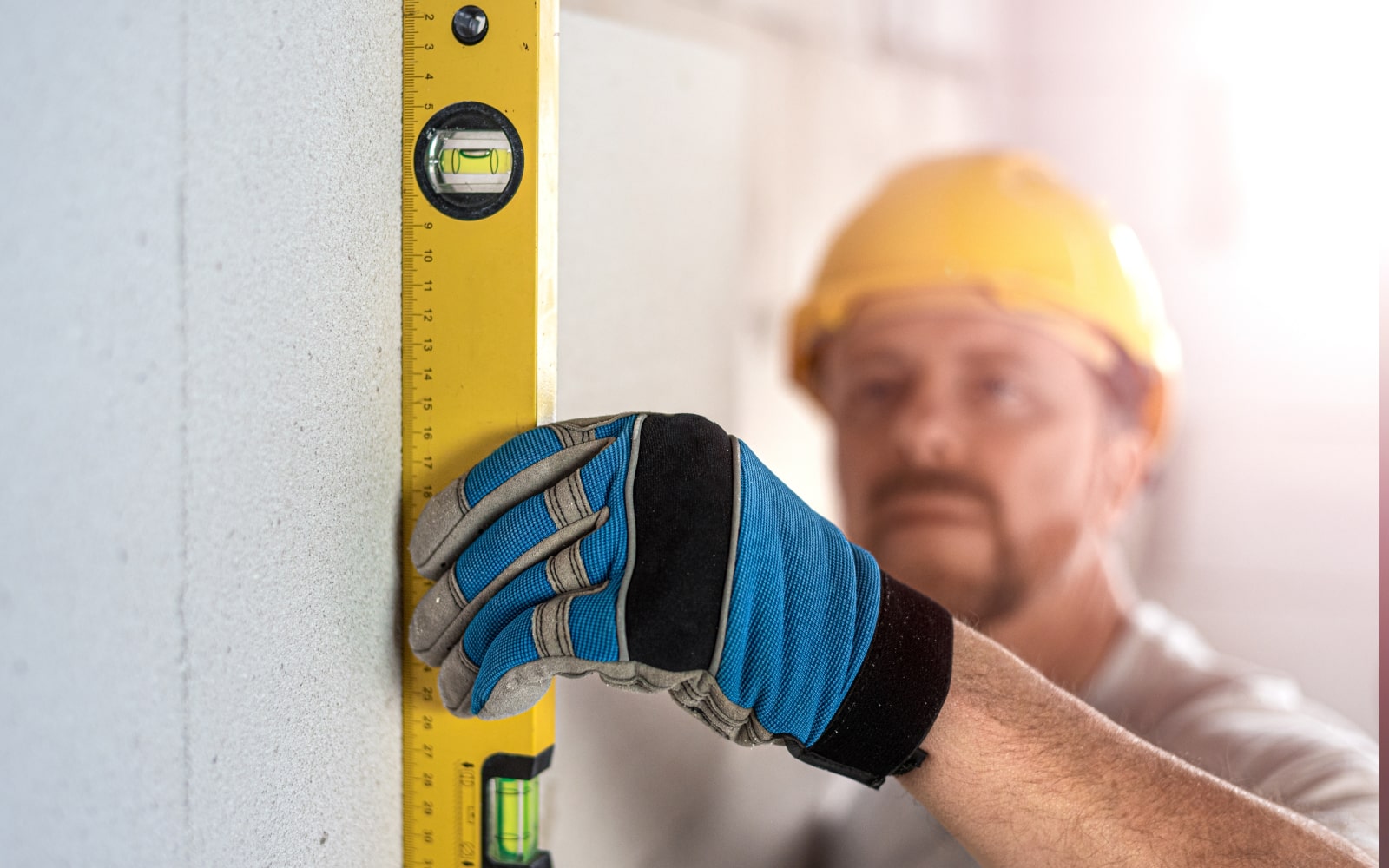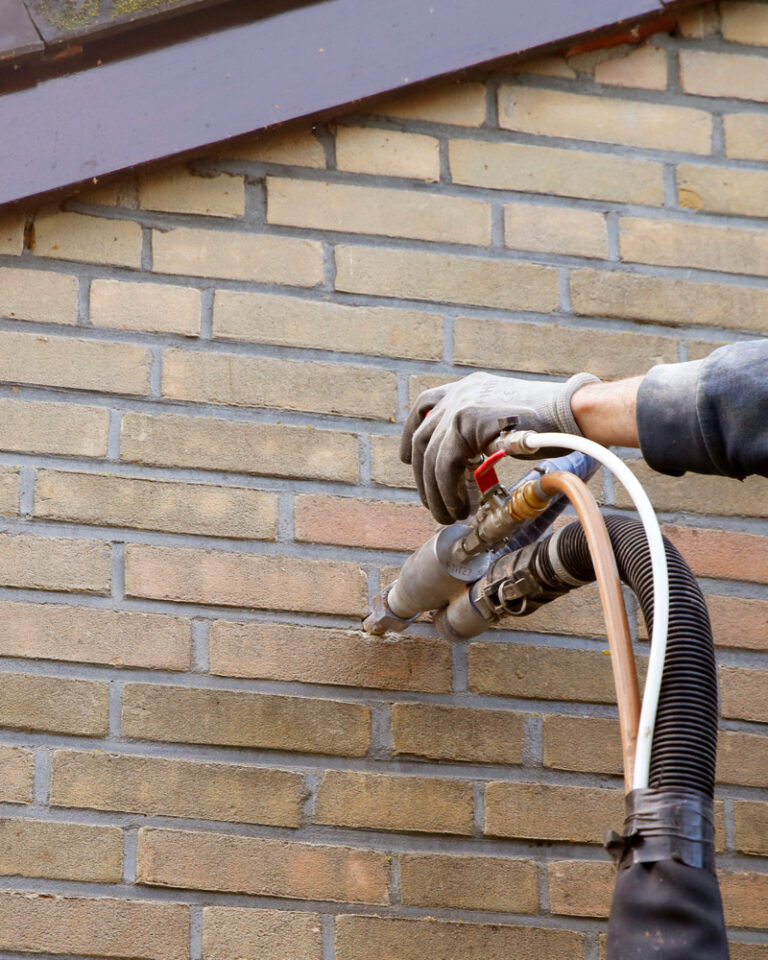- In this guide
Did you know that your home loses a quarter of its heat through your roof or attic room?
When you turn on your central heating or fireplace, a considerable amount of that heat rises to the upper levels of your house and escapes through the ceiling.
By laying the correct room-in-roof or loft insulation, you could significantly reduce the amount of heat lost through your loft space, keep your house cosier, and save on unnecessarily high energy bills.
There are a few varieties of roof insulation available on the market and choosing the right one may prove confusing. Not to worry. We’re here to help you determine the best insulation solution for your type of roof and explore the costs and grants that will help you lower your heating bills, improve your building’s energy efficiency rating, and increase your property’s value.
What is loft room insulation?
Loft insulation is simply a layer, or several layers, of material installed between the joists and rafters within your roof space. The purpose of roof insulation is to diminish heat transfer between the upper area of your property and the outside environment. While insulation is often associated with warmth, it will also keep your house cooler in the summer, creating a more comfortable living space throughout the year.
If you are only using your loft as storage space, then insulating the joists alone may be sufficient. Laying insulation between the horizontal beams along the floor of your loft will create a barrier between your loft and the living space below. This will help retain heat in the areas of the house that matter the most.
On the other hand, loft conversions or ‘room in roof’ attics will need insulation between the rafters, which are the angled beams that support your roof. This will protect your roof space from getting cold and create a cosy room that can be enjoyed as a master suite, playroom, or study.

Why do I need loft room insulation?
Unless you live in a new build property, it’s unlikely that your house is insulated. Many older properties simply didn’t take insulation into consideration and weren’t built to prevent heat escaping through the roof. This left only a thin layer of lath and plaster separating the ceiling from the elements.
It’s also important to note that insulation has vastly improved over the years. Properties which were insulated many years ago may contain poorly performing materials, which will likely have been dislodged or disturbed with general age, weather, and works carried out on the roof or ceiling by tradespeople or previous tenants. This means, that despite having some form of insulation, you could still be losing vital heat through your roof and spending unnecessary pounds on your heating bills.
There are many benefits to fitting insulation in your loft, attic, or roof space. Modern insulation is durable and long-lasting, with a lifespan that will protect your property for decades to come. This will ensure that your energy savings will more than make up for your investment. Most homeowners will likely recoup their insulation expenses from their energy bill savings within a few years.
Furthermore, from an environmental perspective, thorough and durable insulation will help you reduce your home’s emissions and carbon footprint, adding greater value to your home in the long run.
Choosing loft room insulation
There are many factors to consider when choosing the type of insulation best suited for your roof. First of all, different kinds of insulation are available depending on whether your roof is pitched or flat.
Warm and cold loft insulation solutions are appropriate for pitched roofs. While warm deck, cold deck, or inverted roof insulation is available for flat roofs. A professional will be able to help you decide which type of insulation material is best for your property.
Some of the most popular forms of roof insulation include:
Mineral wool insulation
Available as semi-rigid batts or in traditional rolls, mineral wool is lightweight and easy to install in easily accessible areas.
Expanded polystyrene (EPS)
This is an extremely lightweight product that is approximately 40 times the volume of the original polystyrene granule.
Room in roof insulation costs and savings
The exact savings generated by loft room insulation are dependent on a range of factors and will vary from property to property. To accurately calculate the savings you can expect to make, you will need to keep in mind the cost and quality of the installation and materials, your property’s energy efficiency levels, and the rates you pay from your current energy provider, among other things.
That said, the Energy Saving Trust website provides a rough estimate for how much you can expect to save along with statistics which demonstrate your reduction in emissions.
Room in roof insulation grants
There are a number of government-backed schemes, which run from time to time, all designed to help homeowners and landlords with the cost of installing or improving their loft, roof, or attic insulation measures.
Wherever you’re based in the UK, our team of professional surveyors are on hand to offer you a free, no-strings-attached inspection of your home to determine which insulation solution best suits your property. We can also guide you on trusted traders within your area and help you apply for any energy grants currently available to cover your insulation expenses.
Next steps...
Check your eligibility
Discover whether you’re eligible for free cavity wall insulation by applying for a free consultation with SmartStone today.
- Tools & Resources



